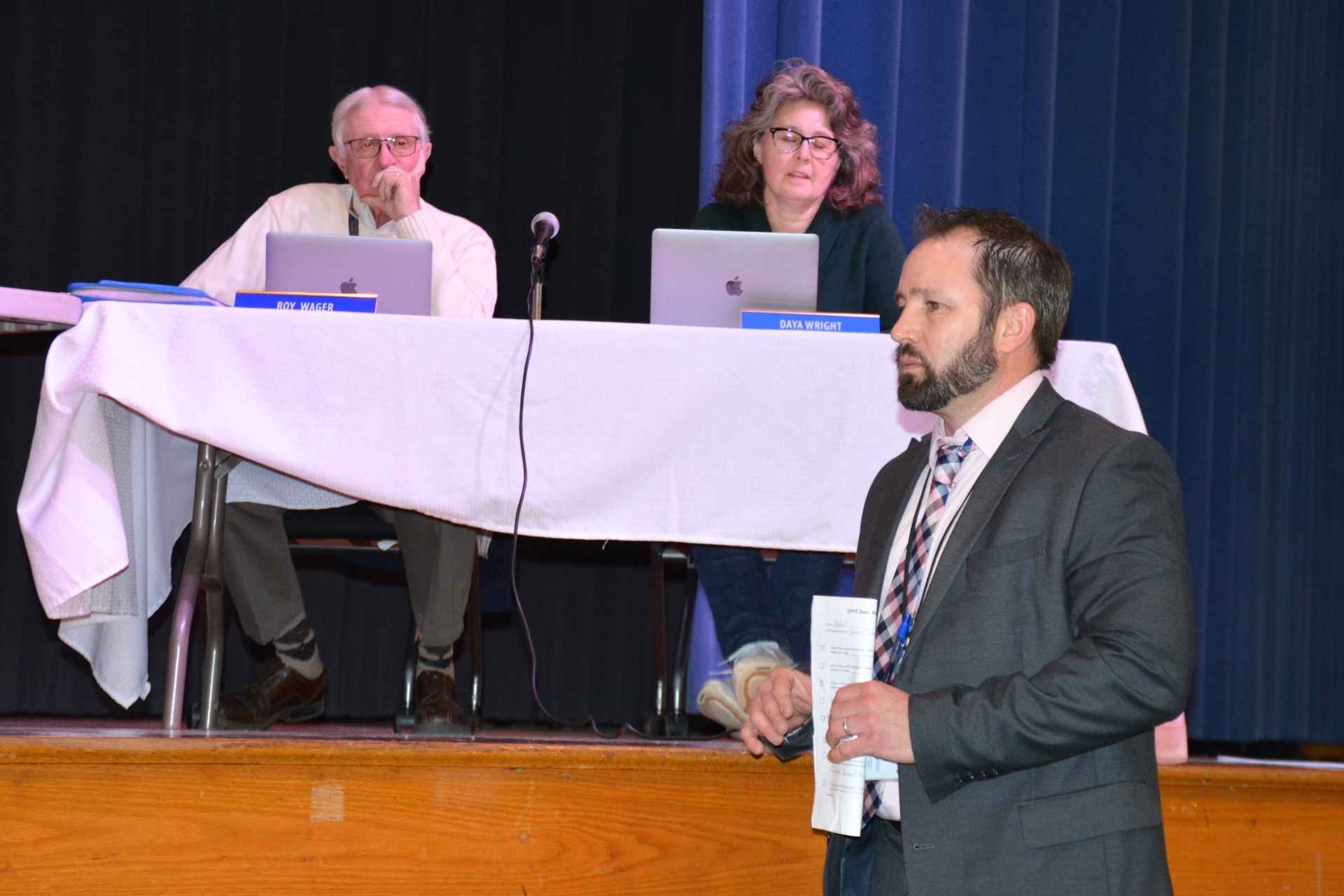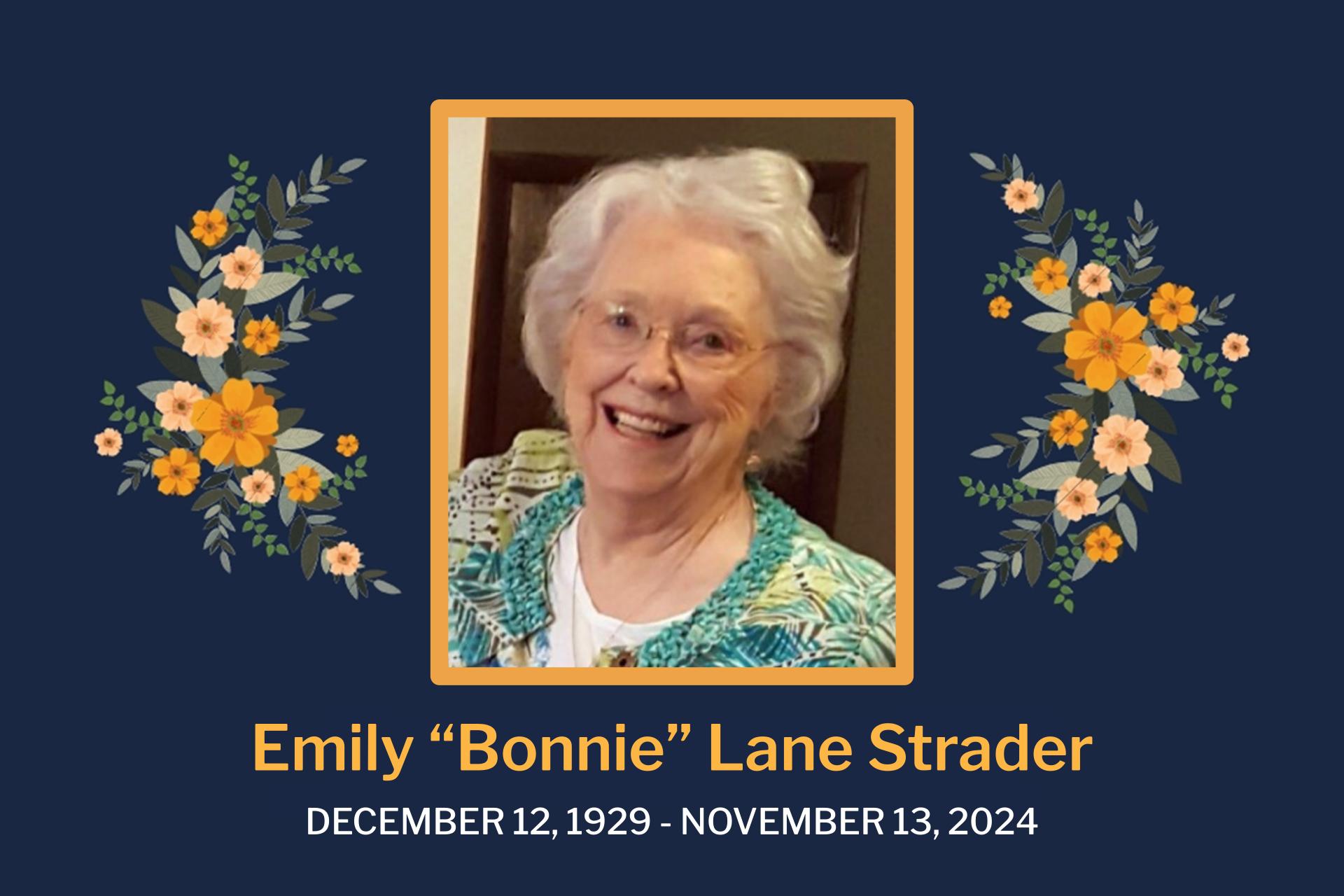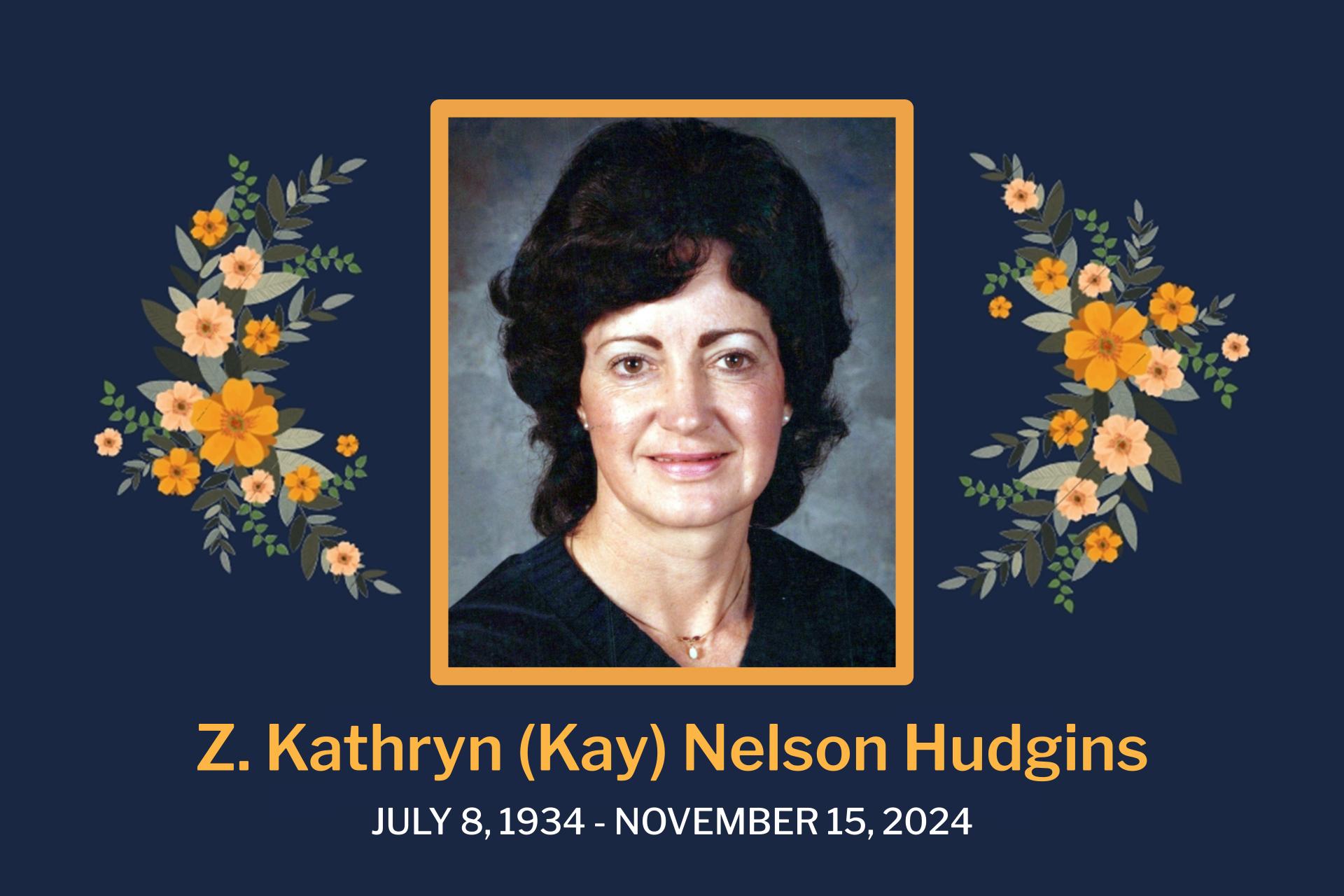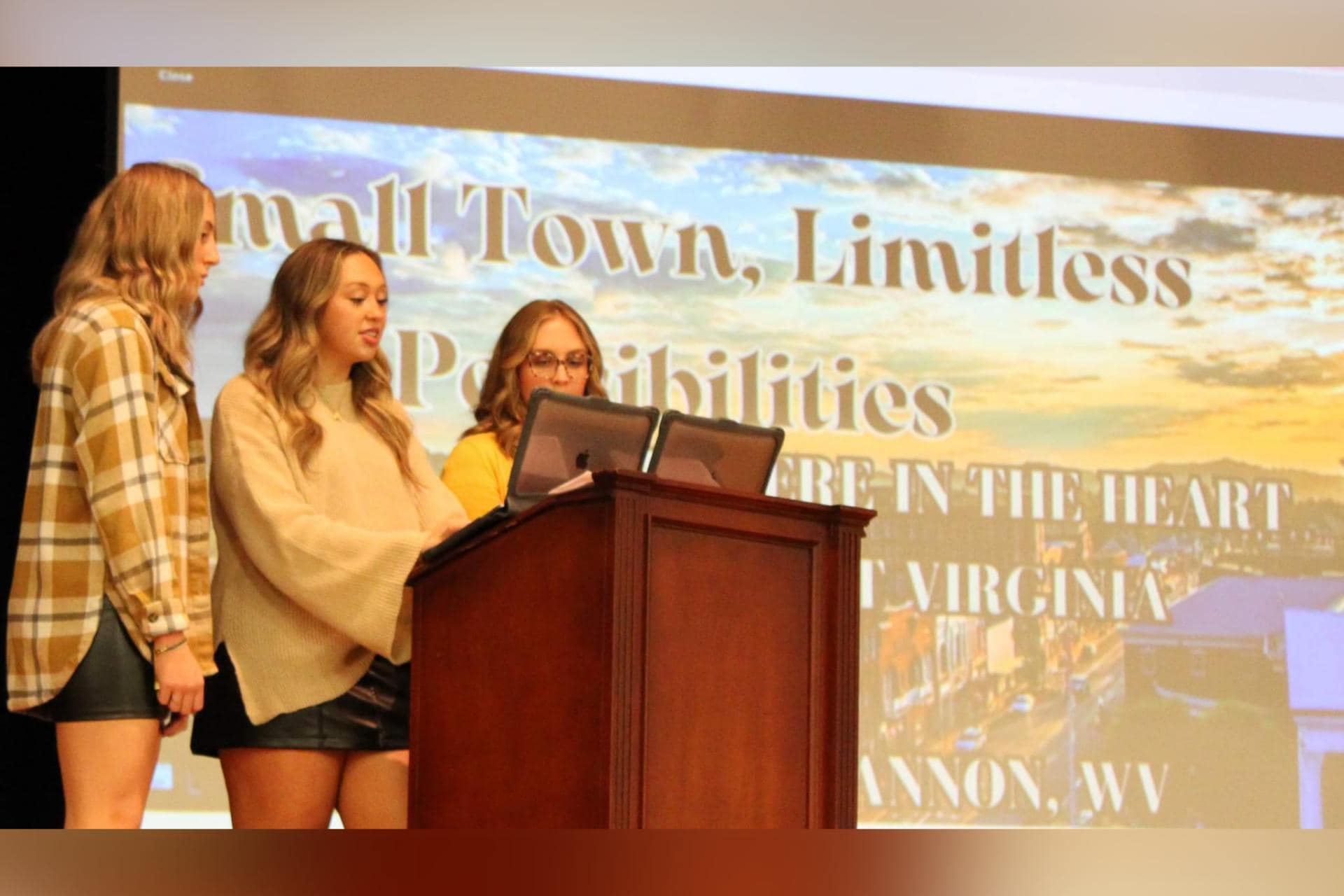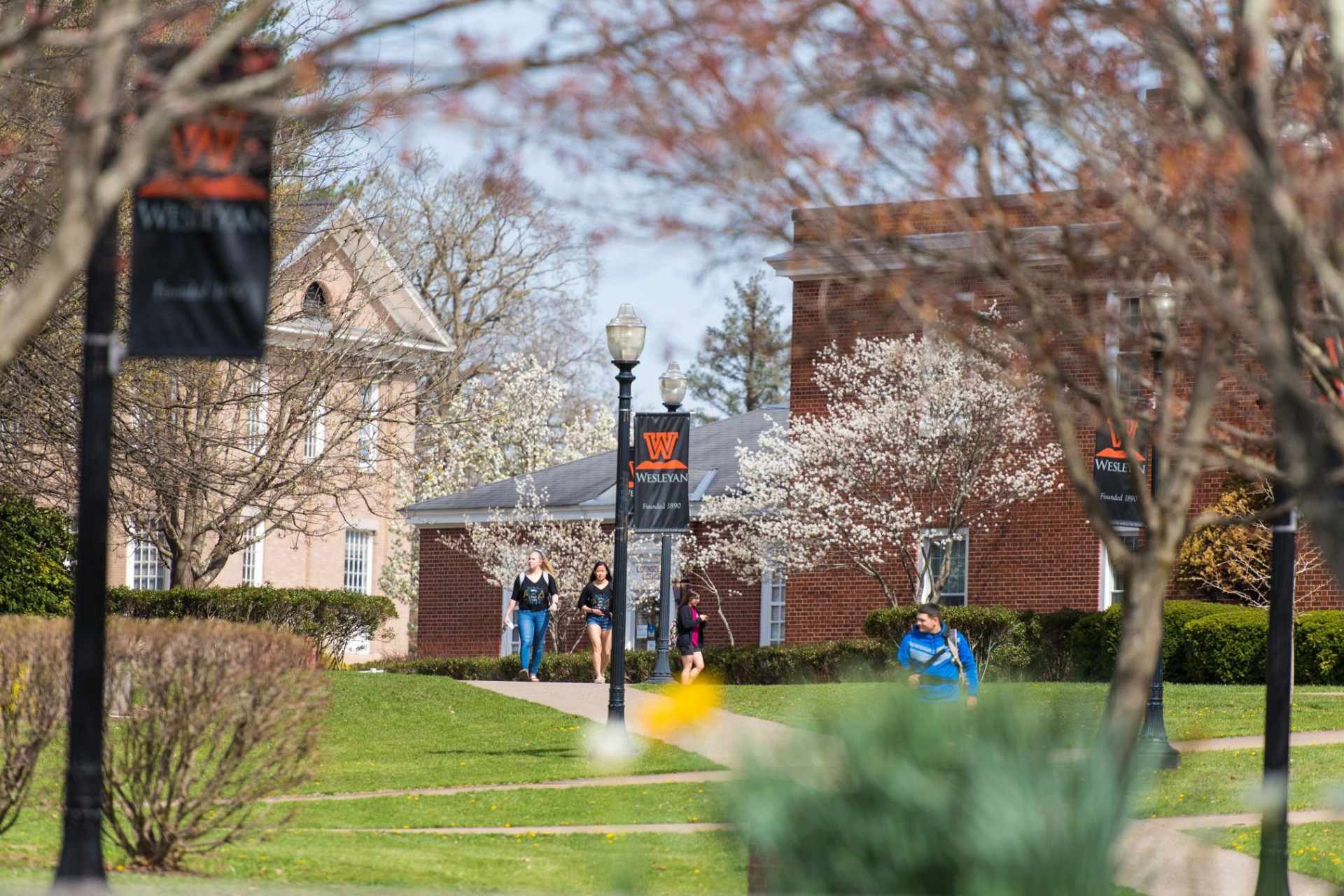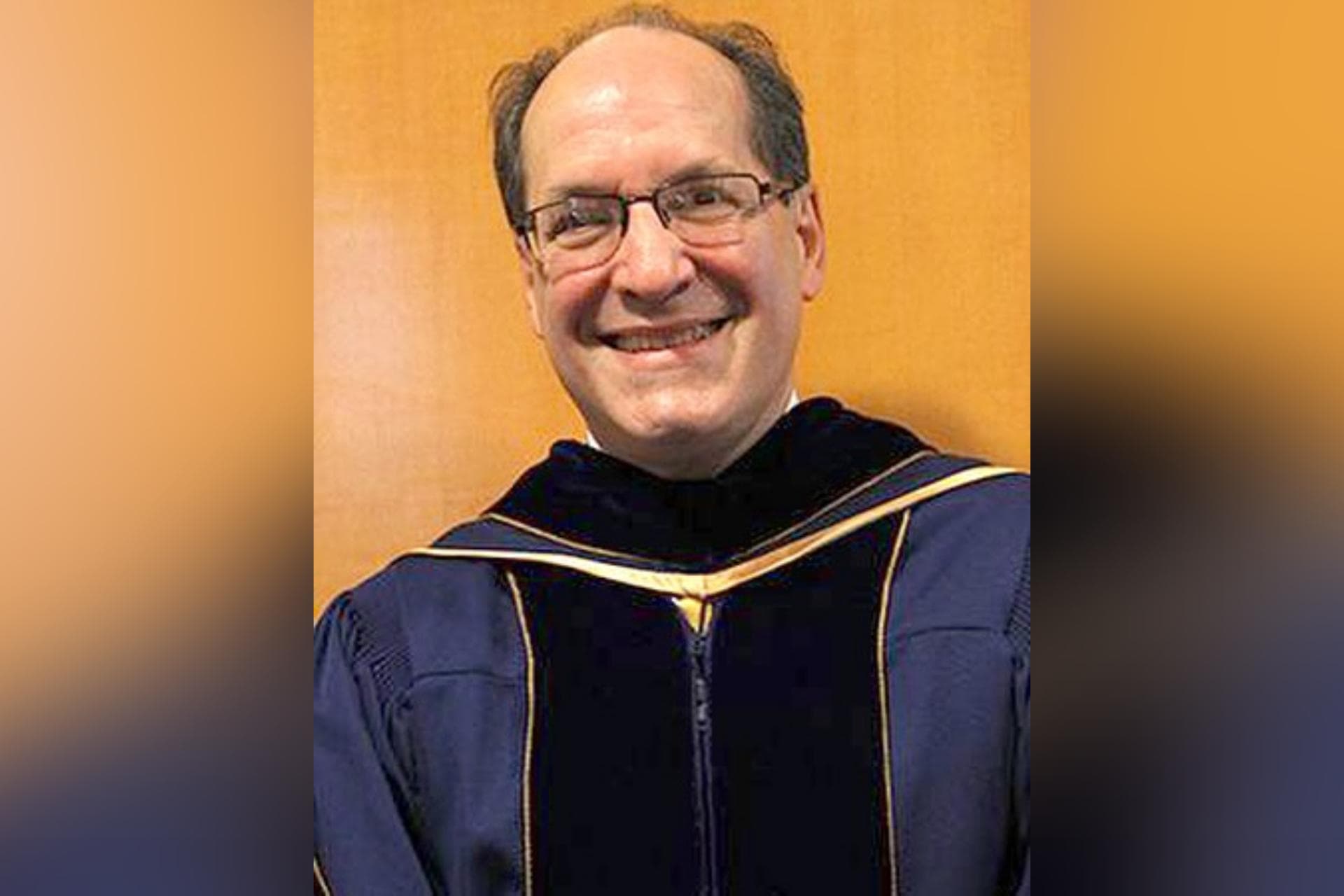TENNERTON – The state Department of Education’s multi-part monitoring of Upshur County Schools’ Special Education services that unearthed some instances of noncompliance could soon be coming to an end.
Upshur County Schools underwent an initial monitoring period in March 2022, a “second prong” re-evaluation monitoring in June 2022 and a third prong evaluation just this month.
At Tuesday’s Upshur County Board of Education meeting at Buckhannon-Upshur High School, Jeremy Brunty, a compliance monitor and coordinator of Special Education for the West Virginia Department of Education, provided an update to board members.
Rock Cave Elementary School Principal Kasey Baisden, previously the director of Special Education for Upshur County Schools, introduced Brunty.
“As you know, last year we received notification that we were being monitored for Special Education, and we have gone through our Prong 3 monitoring,” Baisden told the board. “We discussed at the beginning of the year Prong 1 and Prong 2. We had our Prong 3 monitoring, and Jeremy Brunty, who is coordinator of Special Education at the State Department, has come to talk about that.”
Prior to the meeting, Baisden explained that when the initial monitoring of the county’s special education occurred in March 2022, the WVDE found some instances of noncompliance.
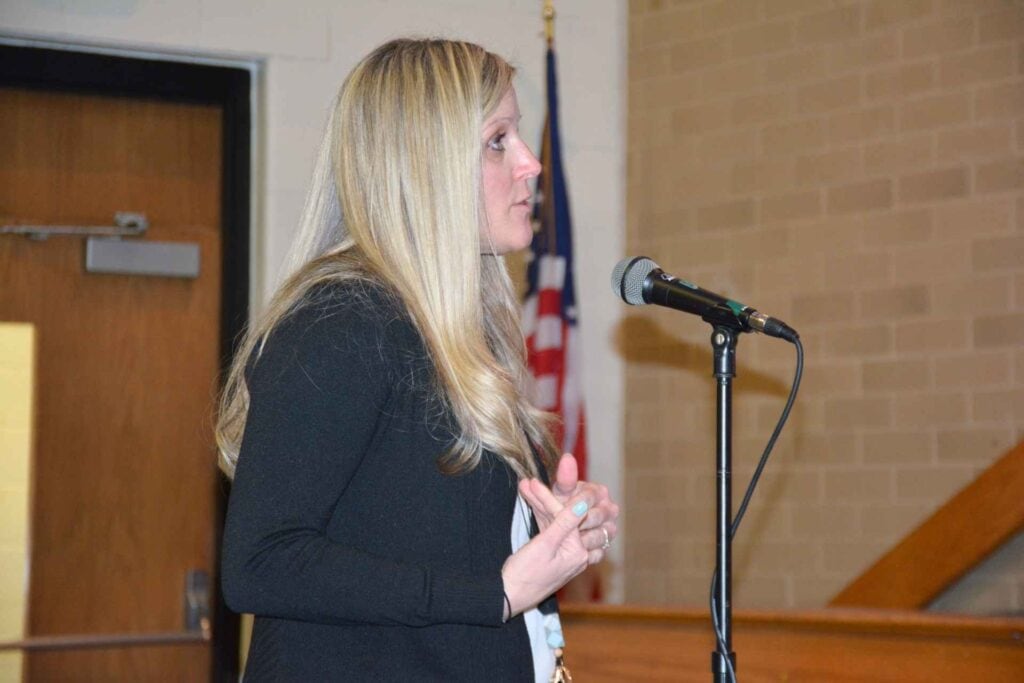
“When that monitoring occurred, there were some mistakes that needed to be corrected,” Baisden told My Buckhannon. “We have made the corrections and are waiting on our report stating that the monitoring is now closed out.”
All 55 West Virginia counties are monitored on a four-year cycle, Brunty said as he explained the steps involved in the multi-part process.
“You guys are in the Prong 3 stage of monitoring, where we’re about ready to close you, and Kasey has submitted everything that I’ve needed, at least for the monitoring part of it,” Brunty said. “There’s a couple of things I’m going to be doing in the next two days, and I was here today as well just to follow up with some things the Department was made aware of, plus the [items] that were in our monitoring report that I have to look at.”
Brunty estimated that about 15 counties are monitored per school year, and the goal is to collaborate with local administrators to right the ship if problems are discovered.
“I do want to want to preface one thing: we are not an out-to-get-you [agency]; we are a support,” he said. “We are human; we make mistakes, but we can help you fix them and move on.”
He explained that the WVDE considers several factors when identifying which counties to monitor, including requests from other offices at WVDE, requests for assistance from county directors of special education, and special education enrollment numbers at larger schools.
Brunty explained that Prong 1 of the monitoring process involves completing a desk audit, i.e., evaluating materials submitted by the school system and on-site visits/school walk-throughs to ensure no special education classrooms are identified, and all classes have adequate classrooms. Interviews with special education teachers, general education teachers and the school’s principal are conducted, and compliance monitors perform a services verification check. Services verification checks involve reviewing the IEPs (individualized education programs) of students selected randomly and comparing each student’s school schedule with their IEP to ensure the student is actually receiving the prescribed number of minutes of services.
“We look to see that the number of minutes in the IEP matches up with the services the child’s provided,” Brunty said.
Parent and student focus groups are also part of the process. At the end, a district debriefing occurs, where monitors highlight any IEP findings or corrections and recommendations. Within 60 days, WVDE’s Office of Special Education releases a final report that’s reviewed in person with the director of special education.
“We go through the report with them and tell them exactly what it is that needs to be corrected, and we actually help them do that or give them suggestions on how to do that, which then starts our Prong 2 process,” Brunty said.
According to information on WVDE’s website, the Prong 2 follow-up monitoring mandates that the district upload documents that verify the correction of any noncompliance.
“In addition, the district will be asked to provide specific information that will allow the WVDE to conduct another smaller-scale check of problem areas identified during the monitoring review in order to demonstrate that corrections are being implemented district-wide,” the website says. “An on-site visit to the district for Prong 2 Monitoring will only be completed if the district has not submitted the required documentation to demonstrate corrections.”
Prong 2 is when compliance monitors return to ensure all of the initial findings from the monitoring “have been corrected or at least addressed,” Brunty said.
“If we’re still having some issues, then we’re going to do a Prong 3, where we come back to the county again and make sure if there are still problems, that those are corrected,” he said. “At that point, we actually do five more IEP checks – five more random students from elementary, middle and high school, usually one elementary (student), two middle and two high, and review those IEPs from start to finish.”
Brunty said he hoped to complete the letter stating the monitoring period had closed at the end of this week.
Earlier in the board’s meeting during the public comment/delegation period, two retired Upshur County teachers addressed the board and central office administrators. Debbie Shapiro, who taught for 40 years in Upshur County, alleged gifted students hadn’t received services for two years.
“For two years, our gifted students have received no services, but we continue to write IEPs; I don’t know how,” Shapiro said. “No special education students at the middle school have a continuum of special education services.”
The board’s policy says that members may ask clarifying questions but will not respond during the public comment portion.
In other board of education news, following an executive session with Jim Brown, a West Virginia School Board Association representative, President Dr. Tammy Samples announced the board planned to post the superintendent position Monday, April 3.
“I will just say that we met with Mr. Jim Brown with the [West Virginia] School Board Association, and we’re going to be working with them to post our superintendent position, and we hope to have that posting out on Monday of next week,” Samples said. “It will be up for five days and then with an option to extend it if we choose to do so.”
